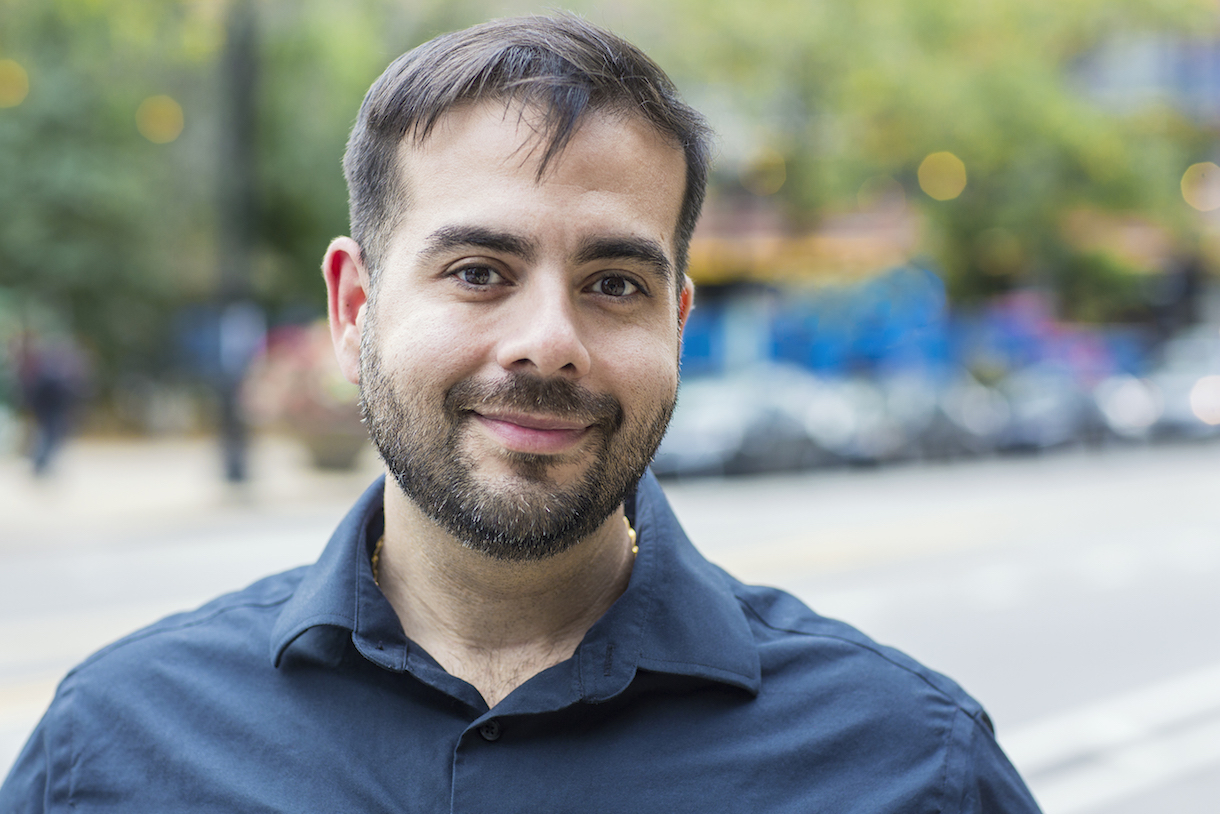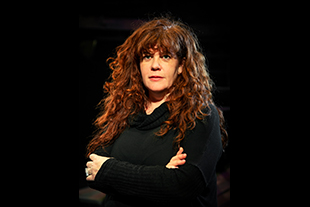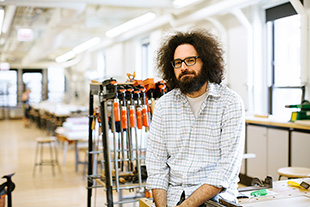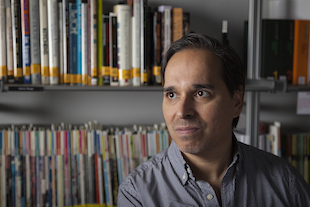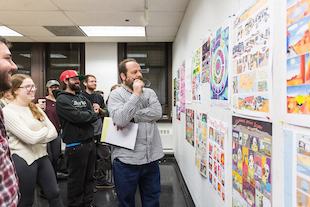Alex Damarjian
Interactive Arts and Media
Alex Damarjian creates games that are not only entertaining, but prove to better the world.
Alex Damarjian is a video game developer and an assistant professor for the Interactive Arts and Media Department. At Columbia College Chicago, Damarjian teaches game courses such as Game Production and technical art courses such as Advanced 3D for Games. His character and environmental art has been featured by companies such as Disney, Marvel Comics, Cartoon Network, and High Voltage Software. Damarjian’s game development studio, Damarjian Interactive, released an educational fantasy-adventure game in 2016, titled Leo VS Robots.
How did you become interested in game development?
As a kid, I liked to draw superhero comics about characters who triumphed over bullies. I sold these comics to my classmates and used the money to purchase more drawing pads, which created a sort of artistic cycle.
Today, some of the work for my game development studio is inspired by those early stories and characters imagined in grade school.
How would you describe game development?
Game development requires every artistic medium: visuals, writing, coding, design, and more. This is unlike static media, such as film, because video games are designed for human interference: Players are encouraged to control characters and interact with the environment.
In my opinion, video games represent the new renaissance of art. It provokes emotion for more people than any other medium today, and it has the potential to help people in their everyday lives.
Leo VS Robots is classified as a “serious game.” What are serious games?
Serious games are interactive experiences designed for a primary purpose other than entertainment. Driving simulations, medical solutions, and language learning are popular examples.
Leo VS Robots was born from a board game my father created to help my family—who immigrated to the U.S. from Armenia—with our English language skills. The game contains an AI engine that records how students spell words and adjusts the difficulty over time. Through the use of a combat system, the game challenges players to spell out increasingly difficult words.
During the development of Leo VS Robots, I worked as both the art and technical director, which means I had a hand in modeling, texturing, rigging, and programming. I tested a similar game when I taught as a Chicago Public School teacher, and it improved test scores. Eventually, we developed mobile and PS4 versions.
How would you describe the game programs at Columbia to a prospective student?
Initially, you might not realize the differences between game art, game design, game programming, and other types of interactive media. Most incoming students can’t fully distinguish between these areas of game making, so the first two years are focused on exploration.
After sophomore year, you’ll have discovered your niche: Do you like to create characters, design virtual worlds, or program effects within the game? You’ll choose a discipline and study a specific craft during the last two years, which involves lots of teamwork and collaboration. By the time graduation rolls around, you’ll have assembled a portfolio that matches industry standards.
Whether you’re creating games for education, entertainment, or a combination of both, the same skills apply during the development process. This means that job opportunities for game makers exist well beyond the entertainment industry.
